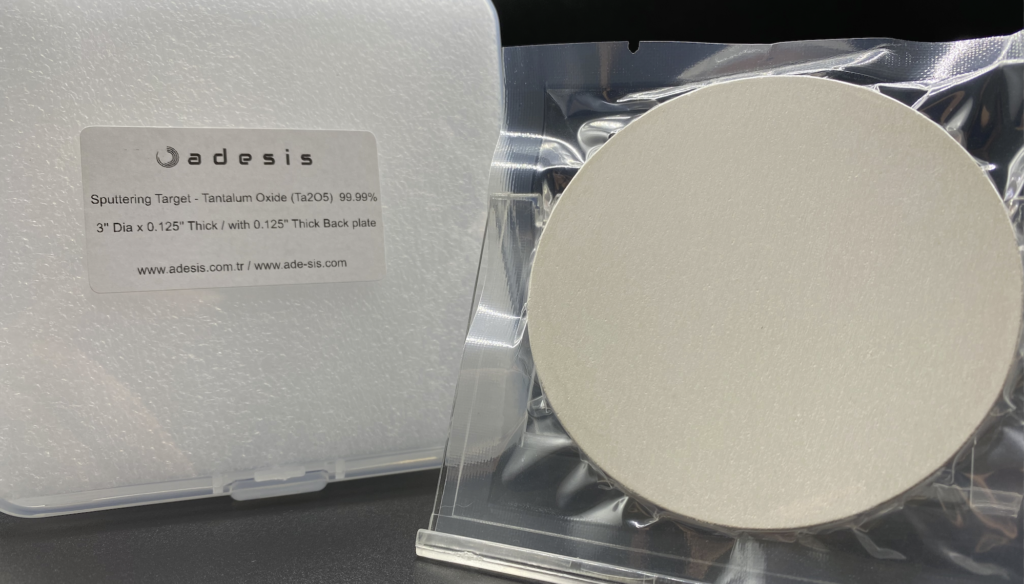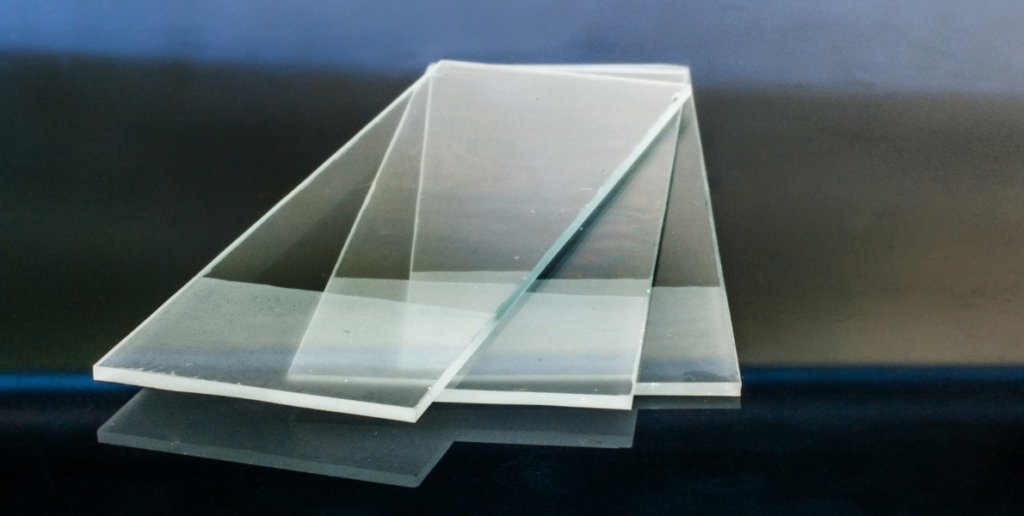
A compound sputtering target is a piece of material that is made up of two or more elements combined in a specific chemical formula. It is used in a process called sputter deposition, which is a type of physical vapor deposition (PVD). In this process, a high-energy beam of ions is used to sputter, or knock atoms off, the surface of the target material. The sputtered atoms are then deposited onto a substrate to form a thin film.
Compound sputtering targets are used in a variety of applications, including the production of electronic devices, decorative coatings, and optical films. They are also used in the production of solar cells and other renewable energy technologies.
Compound sputtering targets are often used when it is desired to produce a thin film with specific properties that cannot be achieved with a pure metal or alloy target. For example, a compound may be used to produce a film with improved corrosion resistance or improved electrical conductivity. Some common compound sputtering targets include oxides, nitrides, and carbides.
The specific compound used as a sputtering target will depend on the desired properties of the thin film being produced and the specific application for which it will be used. In order to produce a high-quality thin film, it is important to use a well-prepared and homogeneous compound sputtering target.
There are many different types of compound sputtering targets, as a wide range of chemical compounds can be used in the sputter deposition process. Some common types of compound sputtering targets include:
- Oxides: These are compounds that contain oxygen and one or more other elements. Examples include silicon dioxide (SiO2), which is used in the production of thin films for optical and electronic applications, and aluminum oxide (Al2O3), which is used as a protective coating for a variety of materials.
- Nitrides: These are compounds that contain nitrogen and one or more other elements. Examples include silicon nitride (Si3N4), which is used as a hard, wear-resistant coating, and aluminum nitride (AlN), which is used in the production of high-temperature ceramics and semiconductor devices.
- Carbides: These are compounds that contain carbon and one or more other elements. Examples include tungsten carbide (WC), which is used as a hard, wear-resistant material, and silicon carbide (SiC), which is used as a high-strength, high-temperature ceramic.
Other types of compound sputtering targets include borides, silicides, and phosphides. The specific compound used will depend on the desired properties of the thin film being produced and the specific application for which it will be used.
Please contact for product specifications and order.

